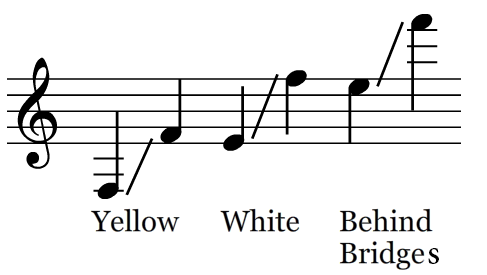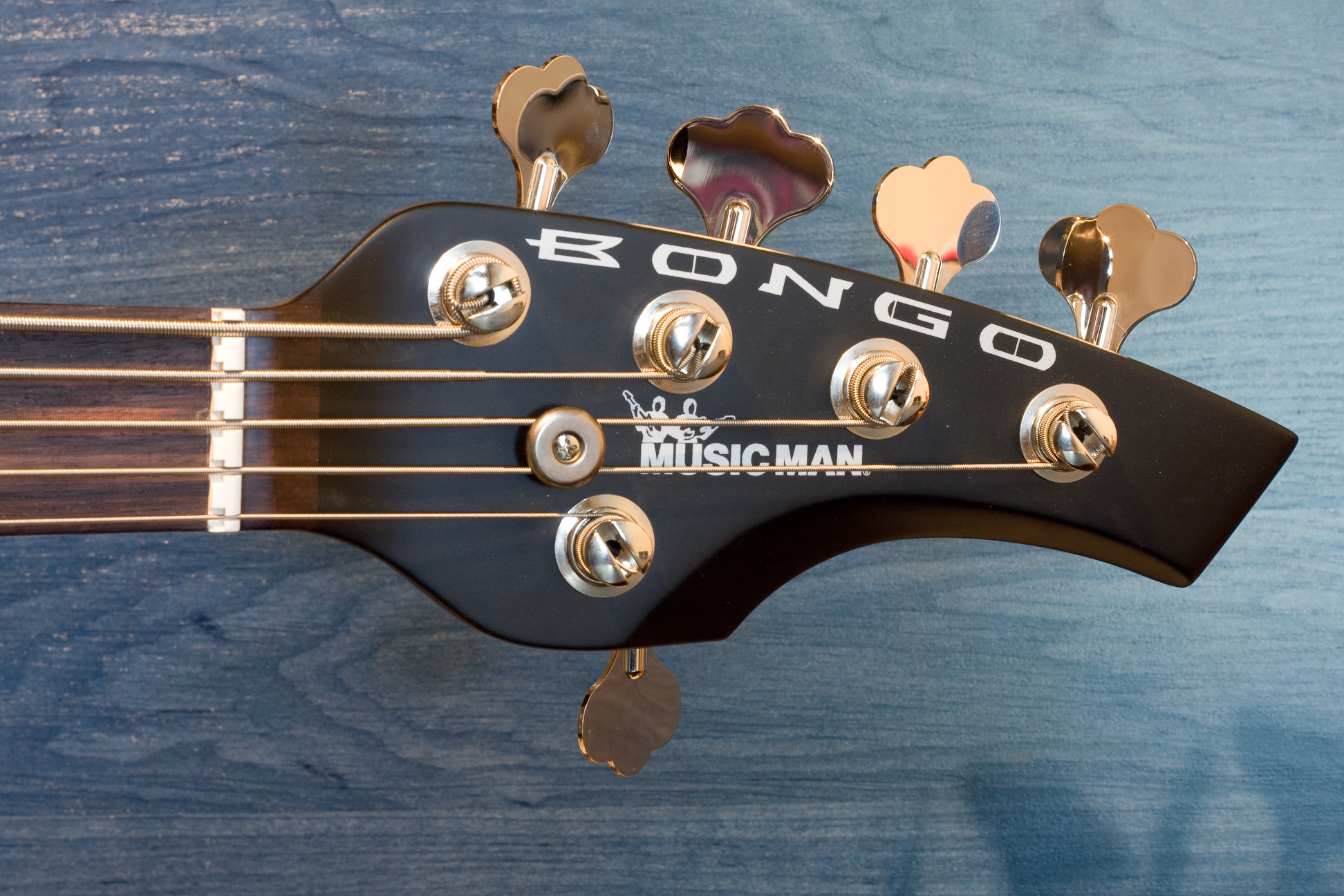|
扬琴
The trapezoidal yangqin () is a Chinese hammered dulcimer, likely derived from the Iranian santur or the European dulcimer. It used to be written with the characters жґ‹ зђґ (lit. "foreign zither"), but over time the first character changed to жЏљ (also pronounced "yГЎng"), which means "acclaimed". It is also spelled yang ch'in. Hammered dulcimers of various types are now very popular not only in China, but also Eastern Europe, the Middle East, India, Iran, and Pakistan. The instruments are also sometimes known by the names "santoor" and " cymbalom". This instrument had an influence on the Thai classical instrument, known as Khim (аё‚аёґаёЎ). The yangqin was traditionally fitted with bronze strings (though older Chinese stringed instruments used silk strings, resulting in their, and the yangqin's, categorisation as a silk, or "si" instrument), which gave the instrument a soft timbre. This form of instrument is still occasionally heard today in the "hudie qin" (иќґиќ¶зђґ, lit. ... [...More Info...] [...Related Items...] OR: [Wikipedia] [Google] [Baidu] |
Hammered Dulcimer
The hammered dulcimer (also called the hammer dulcimer) is a percussion-string instrument which consists of String (music), strings typically stretched over a trapezoidal resonant sound board (music), sound board. The hammered dulcimer is set before the musician, who in more traditional styles may sit cross-legged on the floor, or in a more modern style may stand or sit at a wooden support with legs. The player holds a small spoon-shaped Percussion mallet, mallet or ''hammer'' in each hand to strike the strings. The Greco-Roman world, Graeco-Roman word ''dulcimer'' (sweet song) derives from the Latin ''dulcis'' (sweet) and the Greek ''melos'' (song). The dulcimer, in which the strings are beaten with small hammers, originated from the psaltery, in which the strings are plucked. Hammered dulcimers and other similar instruments are traditionally played in Iraq, India, Iran, Southwest Asia, China, Korea, and parts of Southeast Asia, Central Europe (Hungary, Slovenia, Romania, Slovaki ... [...More Info...] [...Related Items...] OR: [Wikipedia] [Google] [Baidu] |
Santur
The santur ( ; ) is a hammered dulcimer of Iranian origin.--- Rashid, Subhi Anwar (1989). ''Al-КјДЂlДЃt al-musД«qД«yya al-muб№ЈДЃhiba lil-MaqДЃm al-К»IrДЃqД«''. Baghdad: MatbaК»at al-К»UmmДЃl al-MarkazД«yya. History The santur was invented and developed in the area of Iran. "The earliest sign of it comes from Assyrian and Babylonian stone carvings (669 B.C.); it shows the instrument being played while hanging from the player's neck" (35). This instrument was traded and traveled to different parts of the Middle East. Musicians modified the original design over the centuries, yielding a wide array of musical scales and tunings. The original santur was likely made with wood and stone and strung with goat intestines. According to Habib Hasan Touma, the Babylonian santur was the ancestor of the harp, the yangqin, the harpsichord, the qanun, the cimbalom, and the hammered dulcimers. Name The name 'santur' may come from Persian ''sanб№Д«r'', a borrowing of the Greek П€О±О»пїЅ ... [...More Info...] [...Related Items...] OR: [Wikipedia] [Google] [Baidu] |
Yangqin Side
The trapezoidal yangqin () is a Chinese hammered dulcimer, likely derived from the Iranian languages, Iranian santur or the European dulcimer. It used to be written with the characters wiktionary:жґ‹, жґ‹wiktionary:зђґ, зђґ (lit. "foreign zither"), but over time the first character changed to wiktionary:жЏљ, жЏљ (also pronounced "yГЎng"), which means "acclaimed". It is also spelled yang ch'in. Hammered dulcimers of various types are now very popular not only in China, but also Eastern Europe, the Middle East, India, Iran, and Pakistan. The instruments are also sometimes known by the names "santoor" and "cymbalom". This instrument had an influence on the Thai classical instrument, known as Khim (аё‚аёґаёЎ). The yangqin was traditionally fitted with bronze strings (though older Chinese stringed instruments used silk strings, resulting in their, and the yangqin's, categorisation as a silk, or "si" instrument), which gave the instrument a soft timbre. This form of instrument is still ... [...More Info...] [...Related Items...] OR: [Wikipedia] [Google] [Baidu] |
Yangqin Strikers
The trapezoidal yangqin () is a Chinese hammered dulcimer, likely derived from the Iranian santur or the European dulcimer. It used to be written with the characters жґ‹ зђґ (lit. "foreign zither"), but over time the first character changed to жЏљ (also pronounced "yГЎng"), which means "acclaimed". It is also spelled yang ch'in. Hammered dulcimers of various types are now very popular not only in China, but also Eastern Europe, the Middle East, India, Iran, and Pakistan. The instruments are also sometimes known by the names "santoor" and " cymbalom". This instrument had an influence on the Thai classical instrument, known as Khim (аё‚аёґаёЎ). The yangqin was traditionally fitted with bronze strings (though older Chinese stringed instruments used silk strings, resulting in their, and the yangqin's, categorisation as a silk, or "si" instrument), which gave the instrument a soft timbre. This form of instrument is still occasionally heard today in the "hudie qin" (иќґиќ¶зђґ, lit. ... [...More Info...] [...Related Items...] OR: [Wikipedia] [Google] [Baidu] |
Singapore Chinese Orchestra
Singapore Chinese Orchestra SCO ( zh, c=ж–°еЉ еќЎеЌЋд№ђе›ў, p=Xinjiapo Huayuetuan) is Singapore's only professional Chinese orchestra. Inaugurated in 1997, the 85-musician orchestra took on the twin role of preserving traditional arts and culture and establishing new frontiers through the incorporation of Nanyang music elements in its repertoire. History In 1968, an amateur Chinese orchestra was established as part of the Singapore National Theatre, National Theatre under the auspices of the Minister of Culture. This is quickly followed by a performing unit formed by the People's Association Cultural Troupe, the People's Association Chinese Orchestra (PACO) on 1 July 1968 as part of the government's effort to cultivate racial harmony. Ma Wen was the first conductor of PACO in 1971, followed by Li Xueling in 1973. This became a semi-professional orchestra in 1975 when Ng Tai Kong, the new conductor introduce 6 professional musicians. Ng left in 1977 to direct the newly formed Hon ... [...More Info...] [...Related Items...] OR: [Wikipedia] [Google] [Baidu] |
Arpeggio
An arpeggio () is a type of Chord (music), chord in which the Musical note, notes that compose a chord are individually sounded in a progressive rising or descending order. Arpeggios on keyboard instruments may be called rolled chords. Arpeggios may include all notes of a musical scale, scale or a partial set of notes from a scale, but must contain notes of at least three Pitch (music), pitches (two-pitch sequences are known as Trill (music), trills). Arpeggios may sound notes within a single octave or span multiple octaves, and the notes may be sustained and overlap or be heard separately. An arpeggio for the chord of C major going up two octaves would be the notes (C, E, G, C, E, G, C). In musical notation, a very rapid arpeggiated chord may be written with a wavy vertical line in front of the chord. Typically these are read as to be played from the lowest to highest note, though composers may specify a high to low sequence by adding an arrow pointing down. Arpeggios ... [...More Info...] [...Related Items...] OR: [Wikipedia] [Google] [Baidu] |
Nut (string Instrument)
A nut, on a stringed musical instrument, is a small piece of hard material that supports the strings at the end closest to the headstock or scroll. The nut marks one end of the vibrating length of each open string, sets the spacing of the strings across the neck, and usually holds the strings at the proper height from the fingerboard. Along with the bridge, the nut defines the scale lengths (vibrating length) of the open strings. The nut may be made of ebony, ivory, cow bone, brass, Corian, Tusq or plastic, and is usually notched or grooved for the strings. The grooves are designed to lead the string from the fingerboard to the headstock or pegbox in a smooth curve, to prevent damage to the strings or their windings. Bowed string instruments in particular benefit from an application of soft pencil graphite in the notches of the nut, to preserve the delicate flat windings of their strings. Etymology The word may have come from the German ''Nut'' (pronounced "noot"), meaning ... [...More Info...] [...Related Items...] OR: [Wikipedia] [Google] [Baidu] |
Flower Qinzhu Bodies
Flowers, also known as blooms and blossoms, are the reproductive structures of flowering plants (angiosperms). Typically, they are structured in four circular levels, called whorls, around the end of a stalk. These whorls include: calyx, modified leaves; corolla, the petals; androecium, the male reproductive unit consisting of stamens and pollen; and gynoecium, the female part, containing style and stigma, which receives the pollen at the tip of the style, and ovary, which contains the ovules. When flowers are arranged in groups, they are known collectively as inflorescences. Floral growth originates at stem tips and is controlled by MADS-box genes. In most plant species flowers are heterosporous, and so can produce sex cells of both sexes. Pollination mediates the transport of pollen to the ovules in the ovaries, to facilitate sexual reproduction. It can occur between different plants, as in cross-pollination, or between flowers on the same plant or even the same flower ... [...More Info...] [...Related Items...] OR: [Wikipedia] [Google] [Baidu] |



